Understanding the Growth of Tokens and Their Causes
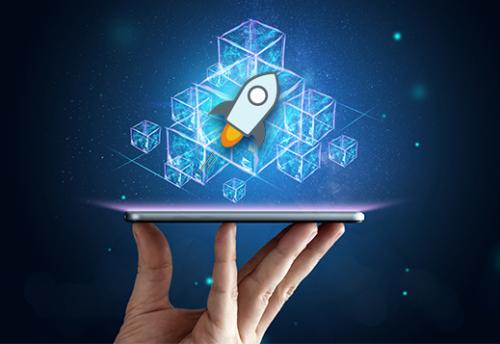
Numerous businesses, including digital payments, have achieved significant strides thanks to the digital shift. On the other side, improvements in payment systems have resulted in significant vulnerabilities in sensitive client data. When digital payments are made, user data is accessible because the data travel over numerous sites. Thus, tokenization and blockchain have long been viable alternatives to data separation in ecosystems.
Tokens have lately garnered acceptance in the payments processing business to disguise credit card information. Moreover, blockchain-based token creation has been creating headlines due to its power to change tangible and immaterial assets into digital tokens. What does this indicate for blockchain and the future of the world? Using examples, let's study the definition of tokenization as well as the benefits it brings.
What precisely is tokenization?
The introduction of blockchain has transformed the asset investment process. How? In your quest to find a way to tokenize your data, you've discovered one by converting the ownership rights of an asset into a digital token. For example, a $200,000 apartment may be divided up into 200,000 tokens, with each token denoting 0.0005 percent of the apartment's total value.
An alternative definition is that a blockchain token digitally represents a company's whole or partial ownership with a predetermined value. Payments and settlement amongst participants are the two most common uses of blockchain tokens. Token development can also reflect multi-party ownership of indivisible goods, such as artwork and music videos, which can be distributed among multiple parties. Tokens can also be used to transfer ownership of assets that cannot be separated from each other.
Tokenization and blockchain can create new business models and improve multi-partner procedures.
Tokenization as a Technique
You're probably wondering how the technology works now that you've read the definition. When it comes to determining the size of tokens, understanding tokenization and how it works could help.
Tokenization is the process of transforming a single asset into a series of tokens. On the other hand, many assets are difficult to separate and ship over the world. As a result, you'll need to understand better the many assets that can be turned into tokens to proceed.
Intangibles
Intangible assets exist entirely based on past legal precedents without any physical representation. Copyrights and patents are two examples of intangible assets. Ensure that the blockchain network's asset transfer paradigm fits the real-world transfer while tokenizing intangible assets. Since intangible goods don't need to be stored or shipped, they are ideal candidates for tokenization. In contrast, transferring tokens that represent intangible assets may be extremely difficult due to jurisdictional differences.
Fungible Assets
Equivalents to fungible assets can be swapped. Wheat and gold are two common examples of fungible assets in financial portfolios. Tokenization is easier with fungible assets because they may be divided up into smaller units. A single token can represent an entire stack of gold. An abstraction layer must be included in the tokenization process for fungible assets. There is a link between tokens and interchangeable asset parts.
Non-fungible Assets
Assets that can't be broken down into smaller pieces are non-fungible assets. Non-fungible assets can be divided into digital shares that can be exchanged in whole or in part through tokenization. Tokenization of non-fungible assets, like artwork and real estate, can be demonstrated.
To begin converting artwork into digital tokens, you must first create an immutable digital signature. Artwork is authenticated by using a digital signature or token that reflects and validates its authenticity. Decomposed into smaller digitally signable sub-tokens, the original artwork can be sold.
Tokenization's Technological Roots
To create tokens, you'll need smart contracts, which are also referred to as token contracts. Rules may be set up and cryptocurrencies can be moved between wallets with the help of a token contract program. Specifically, UTXO and account-based models are the most common deployment methods for intelligent contracts.
UTXO has grown in popularity as a cryptocurrency alternative since Bitcoin's inception. Hyperledger Fabric and Ethereum support account-based architectures. A global state database in the account-based design lets you keep track of the current status of the token or asset at any given time. In addition, the present status of the token would be defined as the transaction balance.
Reasons for the Expansion of Tokens Based on Blockchain
Having analyzed the essential aspects of tokenization, such as its definition and practical applications, it is time to look at the conditions that led to its development. Some of the most compelling arguments for and against tokenization are outlined in the following paragraphs.
Productivity in the workplace
Tokenizing blockchain applications have a substantial impact on operational efficiency. Tokens remove the requirement for a centralized third party to ease IT systems and infrastructure sharing among members. Thus, transaction fees could be significantly reduced.
Automation of manual chores and a reduction in the compliance or reconciliation procedure may also help improve efficiency. Additionally, the automation of transaction settlement and clearance through the tokenization of assets results in faster transactions. It's possible to enhance total transaction administration efficiency as a result.
Distribution of Assets
Increasing liquidity while retaining fractional ownership of assets by dividing them into smaller units. Taking steps to lower investment obstacles may encourage more people to invest in assets. Using tokenization algorithms may help sellers in previously illiquid marketplaces to close transactions.
Support for inclusive financing can be communicated through tokens. As a result of high minimum investment needs, lack of infrastructure, or geographical limits, investors may have previously unavailable options to invest in.
An investor can access many new assets and financial markets through tokenization blockchain platforms, regardless of where they are located. Intriguingly, investing in assets may become significantly more accessible with a much lower minimum capital requirement if tokens are used.
A token-based system encourages the idea of shared ownership. Multiple people can own and use a single item under a system known as "shared ownership." When consumption's value overshadows ownership's importance, this idea is essential. For example, a small group could pool their resources to purchase a vacation home and decide who will use it each week.
Transparency
Transparency is one of the advantages of using blockchain. All transactions on a blockchain network are visible to all network participants due to the transparency of blockchain technology.
Transparency helps monitor tangible goods better and builds trust in their provenance and ownership. This means that tokenization can significantly reduce the amount of time it takes to determine who owns what.
This doesn't mean that the tokenization of blockchain apps ensures complete transparency. Many businesses do not accept full transparency for specified aims. Even in the asset management industry, the concept of transparency can be challenging. Implementing privacy-enhancing technologies to avoid releasing sensitive information may be the best course of action in certain situations.
Verifiable Only from This One Place
The next stage in assuring the widespread adoption of tokenization blockchain applications is to establish a single source of truth. For each asset, companies collect enormous amounts of data. Intellectual property rights, licensing, product ownership, and specialized rights are becoming increasingly difficult to map and connect. This means that a collection of disparate data points on a resource can have unforeseen consequences.
A single layer of trust is established through tokenization in the blockchain. A trust layer allows business partners or competitors to share data collected. A single digital representation of a particular object may be convenient for ecosystem players to engage with. Because of this, the entire value chain can be improved and new types of collaboration can be introduced.
Tokenization has been proven to be a single source of truth in numerous trade finance initiatives. Firms can now exchange data about assets that have been shipped worldwide thanks to these programs. Tokenized assets can help automate and simplify high-volume trading through smart contracts.
In a nutshell
Only a few of the many variables driving the rise of digital tokens are monetary ones, like the economic ones. Tokenization's advantages can be simply evaluated if tokenization and its workings are thoroughly understood. It is possible to improve product traceability, speed up IT operations, and facilitate ICO Development Services by using transparency in the workplace.
Most importantly, digital currencies based on the blockchain have the potential to bring significant benefits to consumers. People can now possess assets that were previously unavailable to them because of capital restrictions.




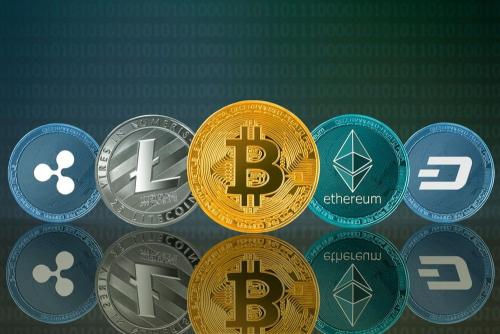
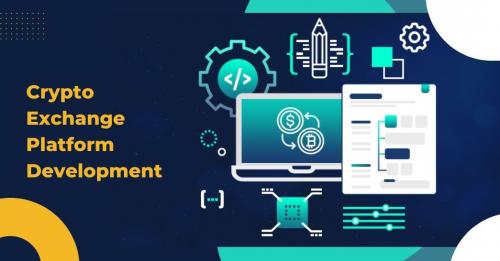
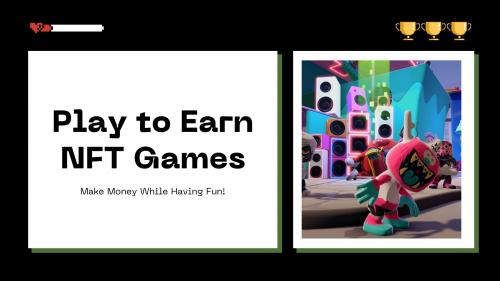
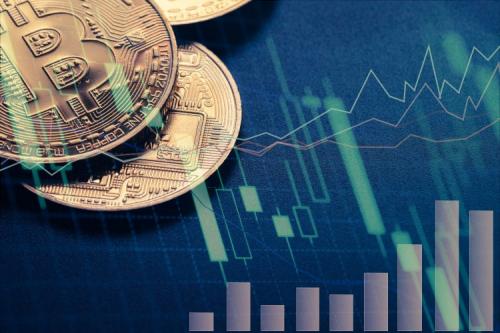

Comments